
Research
Budapest University of Technology and Economics
Faculty of Electrical Engineering and Informatics
Stochastic systems and data modeling
Anomaly detection • Data analytics • Data fitting • Financial data analysis • Markov chains • Markov fluid models • Matrix-analytic methods • Mean-field models • MU-MIMO • Performance evaluation • Queueing systems • Sensor networks
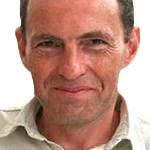
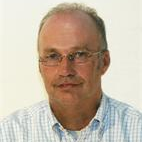
A kutatócsoport tagjai:

Telek Miklós
full professor

Levendovszky János
full professor
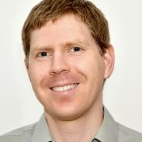
Horváth Gábor
full professor, deputy head of department
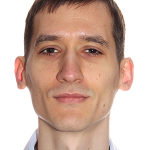
Mészáros András Gergely
assistant professor
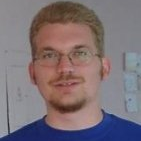
Horváth Illés Antal
lecturer
Activity of the research group:
Modelling computer and communication systems with stochastic processes, in particular Markov chains, fluid models, reward models and mean-field models. Efficient numerical solution of large-scale Markov chains with regular structure. Theory of large deviations. Numerical inverse Laplace transform. Data modelling by fitting phase type processes with Markov arrival processes. Main application areas (with industrial experience): performance analysis of telecommunication systems, efficient routing in sensor networks, modelling of financial and IoT data sets, anomaly detection.Recent results:
- We have developed network dimensioning and performance analysis algorithms based on stochastic modelling for radio access networks in 2G, 3G and 4G networks, which are being used in Nokia's products
- We developed a new algorithm for detecting anomalies in telecommunication data sets for Nokia - Bell Labs, which won the Pro Progressio Foundation Innovation Grand Prize, the IT Business Innovation Award and the product that uses the algorithm won the 5G World Summit "Most Innovative Artificial Intelligence or Machine Learning Technology for the Network" award
- We developed fast and numerically stable algorithms for the analysis of multi-class non-Markovian queuing systems
- We provided analytical results for V2V message propagation speed in a highway environment
- Development of efficient MU-MIMO communication systems
- Laplace transforms are used in many engineering fields, but inverse transforms are notoriously difficult. Our published method based on concentrated matrix exponential functions is the best algorithm currently available for this purpose

